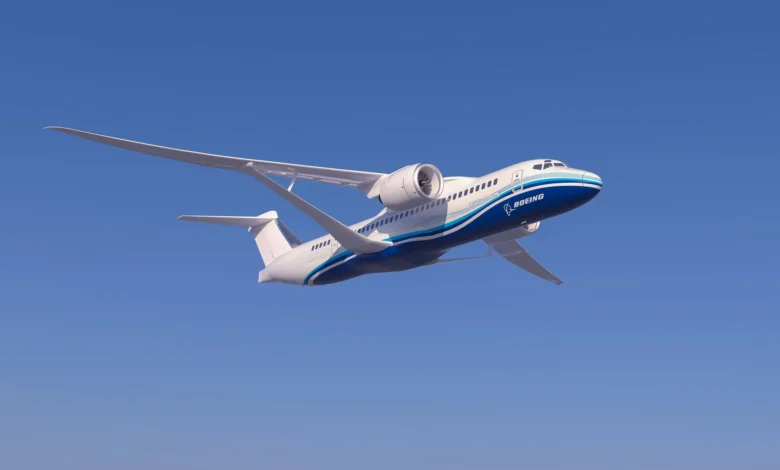New Aeroplanes Taking Off: What’s New in the Sky and Why You Should Care

1. The Future of Flight is Already Here
The world of aviation is changing faster than ever, and new aeroplanes are at the center of this transformation. We’re not just talking about shinier planes or minor tech upgrades—there’s a full-blown revolution happening in the skies. From quieter engines to eco-friendly fuel options and jaw-dropping interiors, the next generation of aircraft is designed to make flying safer, more comfortable, and way more efficient.
One of the most exciting shifts is the push toward sustainability. Aviation has long been criticized for its carbon footprint, but manufacturers like Airbus and Boeing are doubling down on greener alternatives. We’re now seeing prototypes and even production models that use sustainable aviation fuel (SAF), hybrid-electric propulsion, and advanced lightweight materials to cut emissions significantly.
Beyond the green tech, new aeroplanes are getting smarter. Integrated AI systems are being used to optimize flight paths, reduce fuel burn, and improve maintenance schedules. In other words, future aircraft aren’t just flying—they’re thinking. And that’s a big win for airlines, passengers, and the planet alike.
2. The Most Talked-About New Aeroplanes of 2025
There’s been no shortage of headlines in the aviation world lately, and most of them center on the latest aircraft models. The Airbus A321XLR, for instance, is turning heads with its extended range. It’s a narrow-body aircraft that can fly long-haul routes—something that used to be the domain of much larger planes. That means more point-to-point flights without the hassle of layovers, which is a dream come true for frequent travelers.
Boeing isn’t sitting still either. The updated 777X is finally entering service, and it’s a monster—in the best possible way. With folding wingtips (yes, folding!) and brand-new GE9X engines, this wide-body jet is built for ultra-long flights with maximum efficiency. The cabin design is also next level, offering higher ceilings, bigger windows, and more comfortable seating for those brutal 15-hour hauls.
Smaller players are making waves too. Companies like Embraer and Bombardier are pushing the boundaries of regional travel with jets that offer premium comfort, lower noise, and surprisingly spacious interiors. And let’s not forget the wild concepts coming from startups working on electric planes and even vertical takeoff and landing (VTOL) aircraft. It’s safe to say that whether you’re flying 500 miles or 5,000, your next flight might be radically different from what you’re used to.
3. What Makes These New Aeroplanes Stand Out?
It’s easy to think a new aeroplane just means better seats or more overhead bin space—but the changes go way deeper than that. Let’s start with the engines. Modern jet engines are quieter, more powerful, and far more fuel-efficient than their predecessors. That means smoother rides and, ideally, cheaper tickets (though we’ll have to see how the airlines play that card).
Cabins are getting major love too. Designers are paying attention to lighting, air quality, and noise reduction. You might not notice it immediately, but newer aircraft often feel more relaxing to fly in. Features like dynamic LED lighting that simulates natural sunlight, higher humidity levels, and better ventilation help reduce jet lag and general in-flight discomfort.
And then there’s connectivity. Wi-Fi is becoming the norm, not the exception, and some new aeroplanes are equipped with satellite-based systems that let you stream Netflix mid-flight without buffering. Seat-back screens are smarter, and some airlines are even experimenting with AR (augmented reality) for in-flight entertainment or interactive flight maps. Flying, in short, is finally catching up with the digital age.
4. How New Aeroplanes Are Changing the Travel Experience
For passengers, these advancements translate into one major thing: better travel. It’s not just about getting from point A to point B anymore—how you get there matters. Newer planes are quieter inside, have more room to stretch, and offer a smoother ride thanks to improved aerodynamics and better turbulence-detection systems.
Travelers are also seeing improvements in boarding, with aircraft layouts designed to get people seated faster. Think dual boarding doors, better overhead storage that reduces the chaos, and cabins organized by lighting zones for a more peaceful boarding and deplaning experience. Add in better entertainment and real-time flight tracking, and you’ve got a travel experience that actually feels futuristic.
What’s more, the shift in aircraft technology is empowering airlines to open up routes that weren’t profitable or even possible before. Smaller, fuel-efficient long-range jets mean more direct flights to previously underserved cities. That’s a big win for people who hate layovers or just want to get to their destination faster and with less stress.
5. What’s Next? A Glimpse at the Sky Ahead
If the current wave of new aeroplanes is impressive, what’s coming next might just blow your mind. Supersonic travel is making a comeback, with companies like Boom Supersonic promising aircraft that can halve current flight times. Imagine flying from New York to London in under four hours—yeah, that’s a real possibility in the next few years.
Electric and hydrogen-powered aircraft are also on the horizon. These won’t just cut emissions—they’ll change how airports and flight networks are built. Smaller, more efficient planes mean more point-to-point travel, potentially replacing short regional flights with cleaner alternatives. It’s a massive shift that could redefine the entire industry.
Of course, there are still challenges. Regulatory approval, infrastructure upgrades, and airline adoption take time. But if there’s one thing the last few years have shown us, it’s that innovation in aviation isn’t slowing down. From greener skies to smarter cabins, the future of flight looks incredibly exciting—and honestly, we’re here for it.



